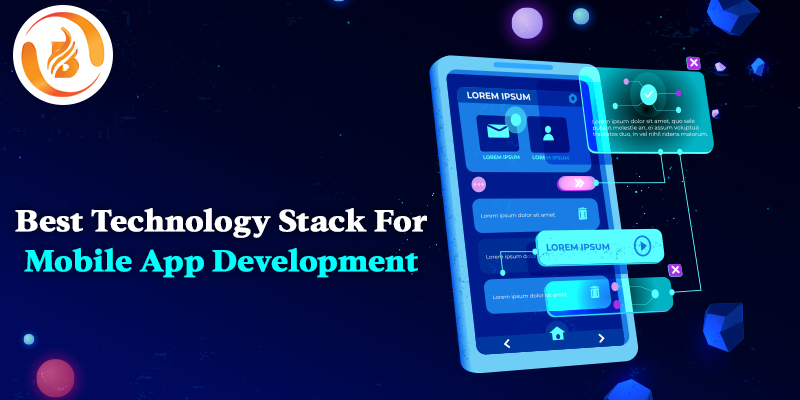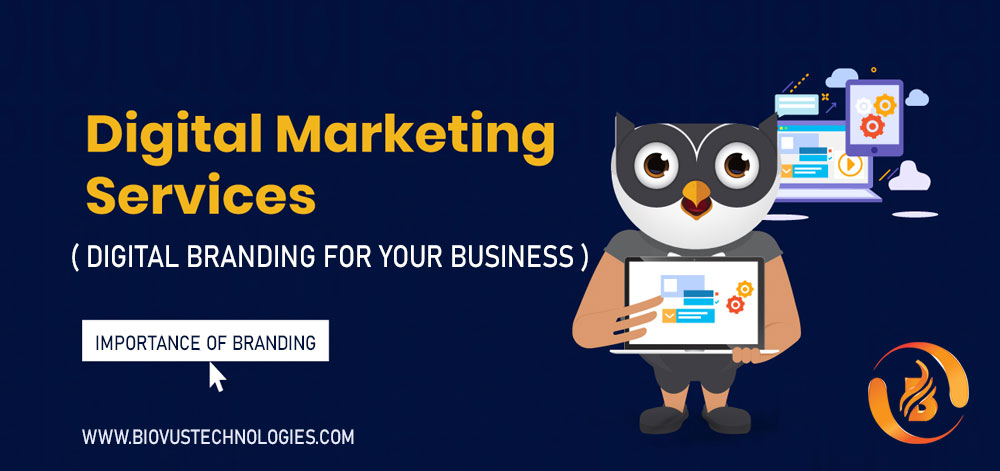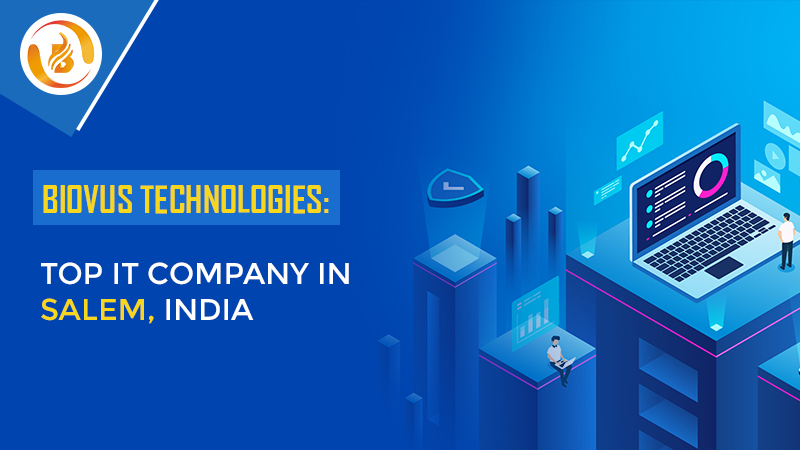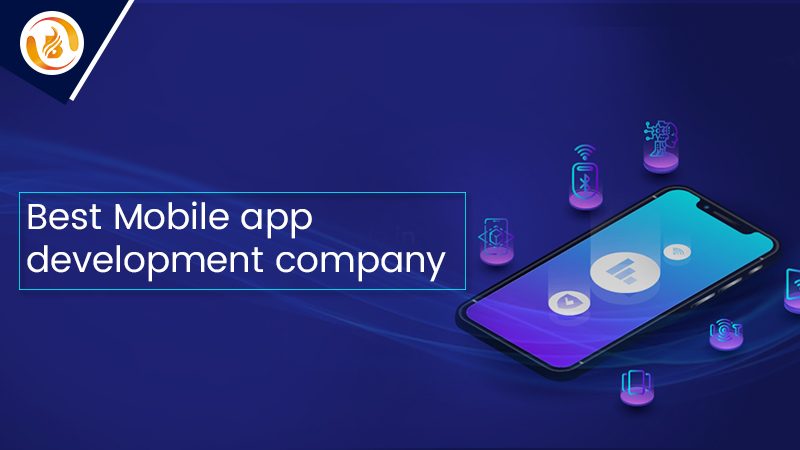The technology stack for mobile app development typically involves a combination of programming languages, frameworks, libraries, and tools. The specific technology stack you choose will depend on factors such as the platform (iOS, Android, or cross-platform), your project requirements, and your development team’s expertise.
Here are some commonly used components of a mobile app development technology stack:
Development Frameworks in Mobile App Development:
| Flutter: Google’s UI toolkit for building natively compiled apps for iOS and Android. |
| React Native: Facebook’s cross-platform framework for building mobile apps using JavaScript. |
| Xamarin: Microsoft’s cross-platform framework using C# and .NET for iOS and Android apps. |
| NativeScript: Open-source framework for building native mobile apps using JavaScript or TypeScript. |
| Ionic: Hybrid app development framework using web technologies like HTML, CSS, and JavaScript. |
Backend Development for Mobile App Development:
| Node.js: JavaScript runtime environment used for server-side development. |
| Express.js: Web application framework for Node.js. |
| Django: Python-based framework for backend development. |
| Ruby on Rails: Ruby-based web application framework. |
| Firebase: Backend-as-a-Service (BaaS) platform with various services like authentication, database, and cloud functions. |
Programming Languages for Mobile App Development:
| Swift: Used for native iOS app development. | |
| Kotlin: Used for native Android app development. | |
| Java: Traditional language for Android app development. | |
| Dart: Used for cross-platform development with Flutter. | |
| JavaScript: Used for cross-platform development with React Native and other frameworks. | |
| Python: The Python libraries serve OpenCV and PyDub for successful mobile app development. | |
| Objective C: It is used in iOS development. It offers object-oriented capabilities and a dynamic runtime. |
Databases for Mobile App Development:
| SQLite: Lightweight and embedded database commonly used in mobile app development. |
| PostgreSQL: Open-source relational database management system. |
| MySQL: Popular open-source relational database. |
| MongoDB: NoSQL document-oriented database. |
Version Control and Collaboration for Mobile App Development:
| Git: Distributed version control system. |
| GitHub, GitLab, Bitbucket: Platforms for hosting and collaborating on Git repositories. |
Other Tools and Services for Mobile App Development:
| IDEs: Xcode (iOS), Android Studio (Android), Visual Studio Code, JetBrains IntelliJ IDEA. | |
| APIs and SDKs: Platform-specific APIs and Software Development Kits provided by iOS and Android. | |
| Testing and Debugging: Various tools like Xcode Instruments, Android Studio Profiler, Jest, XCTest, etc. | |
| Analytics and Crash Reporting: Tools like Google Analytics, Firebase Analytics, Crashlytics, etc. | |
| Cloud Services: AWS, Azure, and Google Cloud Platform for hosting, storage, and other backend services. |
The requirement of the tech stack may vary while considering the following things.
Type of App: Based on the features it requires, the tech stack may vary. For example, a simple app requires basic features, while complex apps require advanced features.
Platforms: Based on the platforms that the app needs to select, the tech stack, such as iOS, Android, or both. Native app development is best when compared to hybrid or cross-platform.
Budget and resources: Some of the apps require more resources and are time-consuming, there choosing the right tech stack will play a role.
Maintenance and scalability: When your app starts to grow, the choice of choosing servers, databases, hosting providers, and programming languages will play a significant role in growing and expanding your app.
Remember, the technology stack can vary based on project requirements and personal/team preferences. It’s essential to assess the specific needs of your app and choose the appropriate technologies accordingly.
Visit us at: www.biovustechnologies.com







